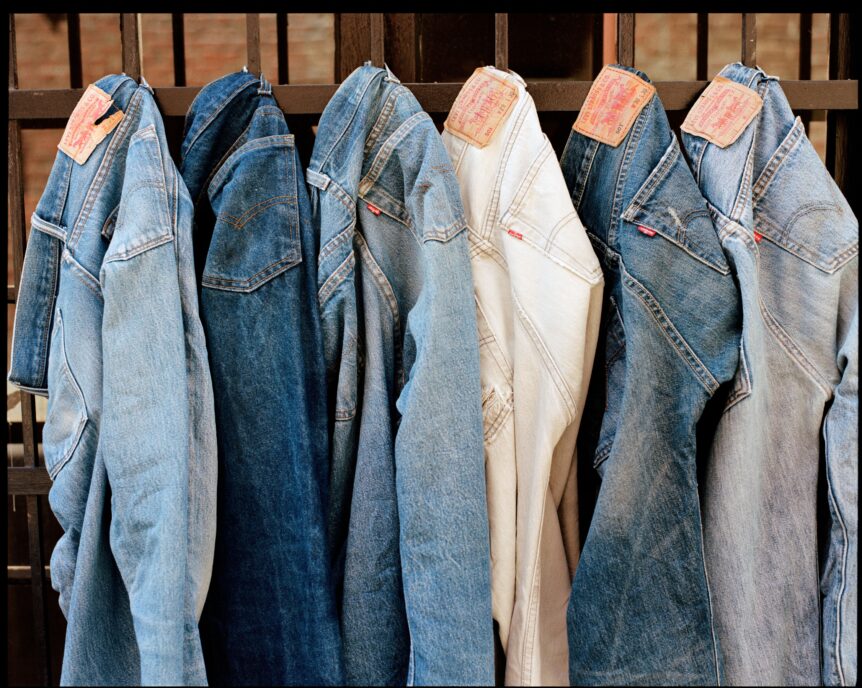Today, we announced plans to augment our Screened Chemistry program and set a new standard for chemicals management stewardship in the apparel industry through a new partnership with Hohenstein, an international testing services provider, to integrate the ECO PASSPORT by OEKO-TEX® certification system into our supply chain.
Linda Gallegos, Levi Strauss & Co. senior designer for Product Innovation, gives an overview of the collaboration and why it’s important for us and for our industry.
Can you tell us a little more about what this is?
This is a collaboration with a leading international testing services provider and research partner to bring a certification system called ECO PASSPORT by OEKO-TEX® into our supply chain. The partnership will build on the Screened Chemistry program we now utilize and bring additional levels of screening and transparency to the chemicals we use.
We’ve been actively driving better chemicals management in our industry for many years now. We were one of the first companies to establish a Restricted Substances List (RSL) and the first company in the apparel industry to establish global guidelines for wastewater quality for supplier factories. We’re also a member of the Joint Roadmap Toward Zero Discharge of Hazardous Chemicals (ZDHC). While we launched Screened Chemistry in 2015, we continue to innovate the program, working with other leading brands by updating our scoring methodology and adding screening for dyes and commodities.
This is a continuation of that work, and in this effort, we have a partner who believes, as we do, that putting the safest possible chemicals into the early stages of our supply chain will result in the safest possible product, made in the safest possible way.
How does it work?
ECO PASSPORT gives us enhanced abilities to validate the disclosures we get from chemical suppliers through analytical testing in the lab and on-site facility audits. That gives us a much better picture of whether or not suppliers are employing chemical manufacturing best practices and how strong their own chemical stewardship programs are at their facilities.
Why is it important?
It means greater transparency, additional levels of testing and certification, and a greater ability to say that we are employing safer chemistry throughout our supply chain. That in turn translates into greater assurances – for us, for our vendors, and ultimately for our consumers – that we are continuing to lead on chemical management in our industry by going well beyond industry standards and doing right by the people who make and buy our products as well as the environment.
You can read the full press release here.







